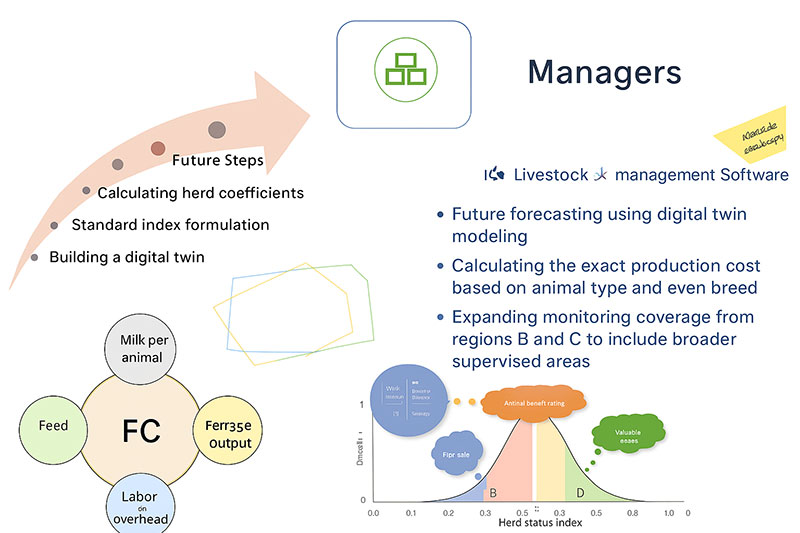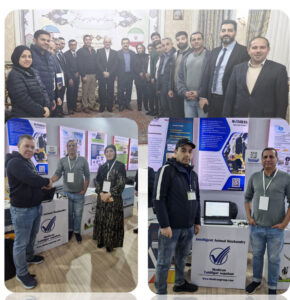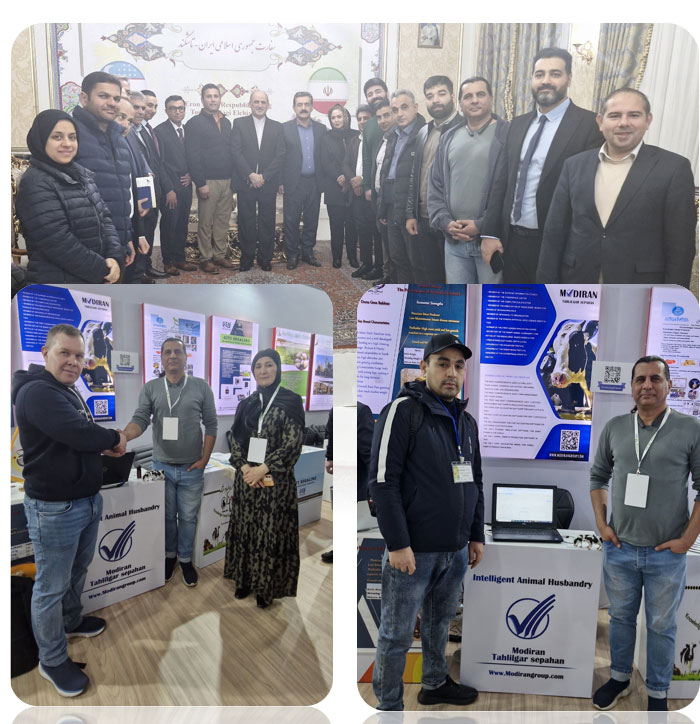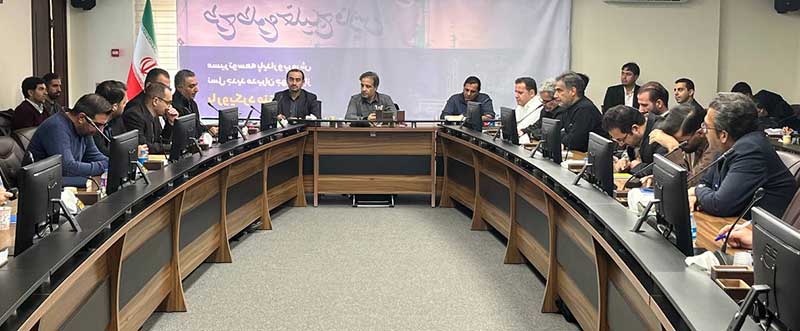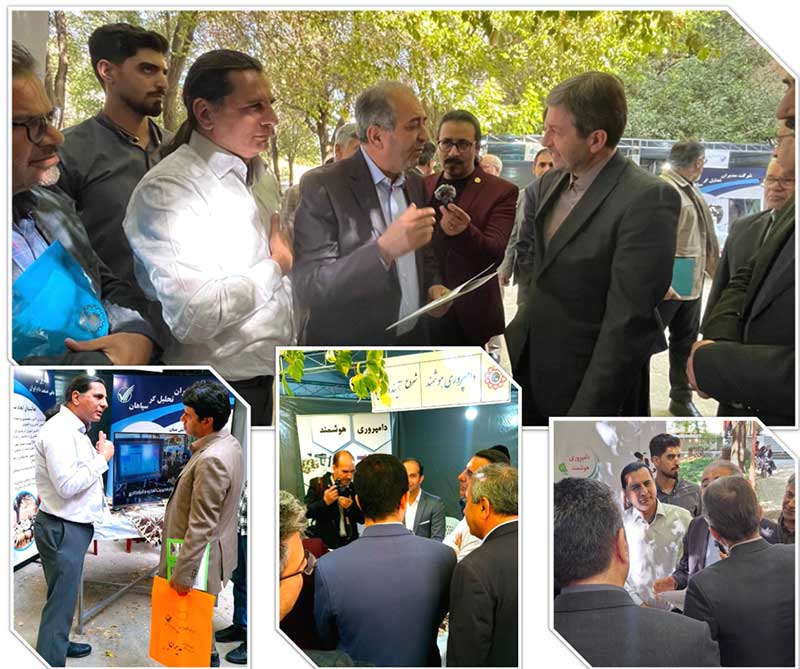Smart Livestock Farming: The Ultimate Solution for Reducing Costs and Increasing Profitability in the Livestock Industry
Introduction: Why Smart Livestock Farming?
The traditional livestock industry has always faced challenges such as uncertainty, sudden diseases, and inefficient resource management. In the age of technology, the paradigm of Smart Livestock Farming has emerged as a fundamental transformation. By integrating modern technologies like the Internet of Things (IoT) and Artificial Intelligence (AI), this approach transforms farming from an empirical activity into a precise, data-driven management system. Its main goal is to ensure lower costs and higher profits.
How Does Smart Livestock Farming Work?
Smart Livestock Farming is a technological ecosystem implemented in two main steps:
- Rapid and Accurate Data Collection (IoT): In the first step, IoT equipment is utilized to increase the speed and accuracy of data collection.
- Intelligent Analysis and Solution Provision (AI): In the second step, Artificial Intelligence systems process the collected information and offer suggestions for improvement and efficiency.
This cycle allows farmers to predict problems, choose reliable solutions, reduce costs, and maximize their profit.
Key Advantages of Smart Livestock Farming for the Herd (DHI)
Analyzing herd information for continuous improvement yields the following strategic benefits:
* Centralized and Analytical Management: Enabling precise data analysis for targeted herd management.
* Health and Economic Longevity: Rapid improvement in herd health, leading to an increase in the economic lifespan of the animal.
* Targeted Breeding Improvement: Enhancing the animal’s breeding value and implementing a program of Targeted Culling based on accurate data.
* Guaranteed Profitability: Ultimately, these actions lead to increased herd profitability and make the farming process economically viable.
Key Classifications (Overview) in the Smart Livestock Farming Ecosystem
Smart livestock systems are structured to cover all dimensions of a farm. These systems can be classified based on the Operational Focus Area and the Level of Intelligence and Automation.
Part One: Classification Based on Operational Focus Area
This classification ensures that all critical points of the farm are covered by technology:
| Focus Area | Key Technologies and Application |
| ۱. Animal Monitoring | Goal: Monitoring the health, performance, and reproduction of individual animals. Technologies: Smart collars, Electronic Boluses (measuring internal temperature and mobility), RFID tags, position and estrus trackers. |
| ۲. Environment Control | Goal: Optimizing the physical conditions of the housing (pen) to reduce heat stress and improve animal comfort. Technologies: Temperature, humidity, and THI sensors, air quality sensors (CO2, Ammonia), and automatic ventilation/cooling systems. |
| ۳. Resource and Operations Management | Goal: Precise control and optimization of raw material consumption (feed and water) and main equipment. Technologies: Precise weighing systems (e.g., Digital Wheelbarrows or Feeder Indicators), Milk Tank monitoring (temperature and level), water quality sensors. |
Part Two: Classification Based on the Level of Intelligence and Automation
This classification shows the system’s capability to convert data into economic and managerial decisions, directly linked to Artificial Intelligence capabilities.
- Level 1: Monitoring & Data Collection: Focuses on increasing the speed and accuracy of information gathering using basic IoT tools.
- Level 2: Analysis & Alerting: Analytical software processes data, displays KPIs in real-time, compares information, and provides Smart Alerts (Notifications) for sudden changes (e.g., estrus, potential disease) to enable predictive action.
- Level 3: Decision Making & Automation: The most advanced level, achieving the highest profitability and cost reduction using advanced AI:
* Accurate Economic Calculation: Capability to calculate the finished cost of dairy products according to Standard 26 and cost based on animal type/breed.
* Modeling and Future Prediction (Digital Twin): Building a Digital Twin of the entire farm allows for scenario simulation and 18-month herd prediction.
* Seamless Integration: The smart software must be able to connect to any type of IoT device and machinery for issuing automation commands.
Conclusion
Smart Livestock Farming, relying on IoT infrastructure and the analytical power of AI, is not just a tool for monitoring the current status; it is a smart assistant and decision-making system for charting a more profitable future.
